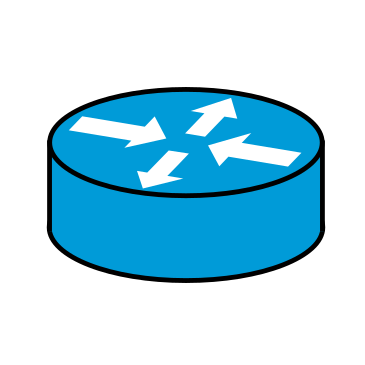

I don’t have a good answer for you.
DHCPv6 is pretty well the only good way to have a prefix delegated by your ISP and have it chopped up and deployed in an automated fashion through multiple layers of an edge network. I’m also a real fan of the audit trail in the logs that results from a stateful transaction.
Some background info if you haven’t run into it though is described by this google issue tracker id: https://issuetracker.google.com/issues/36949085. The summary is that one guy at google is obstructing DHCPv6 being implemented on android.
I’ve built out a bunch of IPv6 networks that implement DHCPv6 on the edge. I personally use a whole lot of android devices and none of them get IPv6 addresses, pretty well everything else does. I’m mostly cool with it at this point, eventually the guy who is obstructing IPv6 at google will move on.




Most hubs didn’t protect you from anything in particular.
Most of them would forward everything to every port, some really insane ones would strip out the spanning tree that could have prevented a loop.
It’s been a long time since I did anything that goes as far into a network as the desktop, but 15+ years ago we had a customer ring up with the same sort of complaint. After we followed the breadcrumbs on site we found a little 8 port hub ( that we hadn’t supplied ) plugged into two wall ports that went to two different Cisco edge switches in the server room, two cisco phones also with their passthrough ports both patched into same switch and then two desktop PC’s.
Amazing.